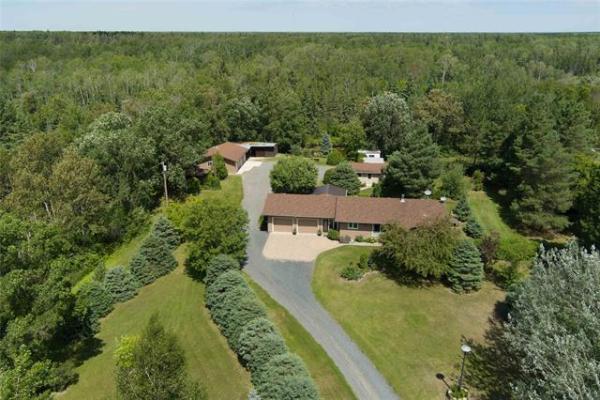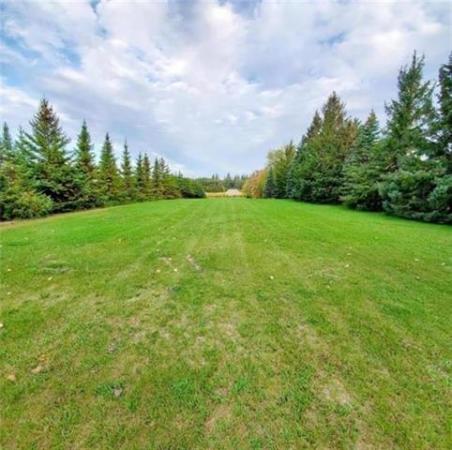Question: My son just bought a bungalow in Ottawa and the floors are squeaky. One half of the basement ceiling is exposed and the other half, which is approximately 500 square feet, is finished. There is a company that says they can solve the problem by injecting a product up into the ceiling. I’m not so sure this would work. It is very expensive to do. Around $1,400 for 50 square feet. Although it would be messy, I’m thinking that the proper way would be to remove the gyprock from the ceiling to get at the sub floor and joists. I think it would also be less expensive. Also, it would enable soundproofing material to be added, which he wants to do. His home was built in 1959 and it looks like the finished hardwood flooring was nailed to the subfloor. Thanks, Paul Edwards.
Answer: Fixing noisy old hardwood floors is something that is often attempted, but rarely is it ever successful. Contractors with various types of quick fixes, or expensive systems, are usually not reliable. Unfortunately, the only way to stop the noisy squeaking is to remove the flooring, secure the subfloor, and install new flooring.
The construction of your son’s older home floor inherently leads to noisy floors, when walked on. This is because there are two or more layers of wood nailed on top of the existing floor joists. Over time, the wood shrinks and the nails become loose. The loose fasteners allow movement of the wood against the other layers, causing noisy squeaks.
The support structure for an older floor is typically one or more solid or laminated fir main beams. These beams may be supported on older, solid fir post or columns, or on more modern adjustable steel teleposts. The teleposts would have been retrofitted to allow adjustment of the main beam if the house has settled.
On top of the wooden beam sit the floor joists, often also comprised of Douglas fir, with typical dimensions of 2x8 or 2x10.
These older fir floor joists are strong, but do dry out considerably after installation. Because of this, they may bow or twist and develop visible cracks.
The noise problems with this type of older floor begins with the wooden subfloor. The subfloor is typically constructed of dimensional one-inch thick planks or shiplap. These thin fir boards may have square edges which are typically spaced slightly apart from the adjacent planks. The spacing between them allows for some shrinkage and movement. Alternatively, shiplap planks were also commonly used that have alternating dadoes on each side, which were overlapped with the adjacent board. Because the dadoes are not secured together, they also allow for shrinkage and slight movement, but provide a more complete coverage than square planks.
Due to the technology of the time, most of these subfloors were nailed directly into the joists with smooth, standard nails. Because the nails have smooth sides, they have a tendency to loosen over time. The result of this is slight upward and downward movement of the wood when a load is applied. In other words, when someone walks on the floor the boards move, creating friction and noise between the planks and the joists.
When older hardwood flooring was installed, a thin layer of building paper was also often laid over top of the subfloor before the floor boards. This was partially to prevent dust and dirt from above the floor falling into the gaps in the subfloor, but also as a noise prevention system. The paper would prevent friction between slightly loose hardwood floorboards and the subfloor. This could significantly reduce noise, but has a limited lifespan. The paper could wear out, over time, and now additional squeaks may be heard between the individual floor layers as well as the joists, themselves.
There have been numerous attempts to minimize this noise by accessing the floor sheathing from beneath, but most have limited success.
Driving shims between the joists and subfloor, gluing or screwing small blocks of wood underneath, and various forms of injection of adhesives have been tried. For the most part, most of these have limited success and are often extremely labour intensive to install. Over time these will ultimately fail because nothing has been done to permanently re-fasten the loose subfloor or floorboards.
Trying to fix the noisy floor with some form of injection from below sounds like a bit of scam and will not last. Especially since the costs seem exorbitant, I would recommend against it.
The only proper way to stop the noise is by removing the older flooring, and screwing down the old subfloor planks with modern flooring screws.
This will allow any new flooring to be installed over top with minimal movement and no squeaking.
Ari Marantz is the owner of Trained Eye Home Inspection Ltd. and the past president of the Canadian Association of Home & Property Inspectors — Manitoba (cahpi.mb.ca). Questions can be emailed to the address below. Ari can be reached at 204-291-5358 or check out his website at trainedeye.ca.
trainedeye@iname.com



